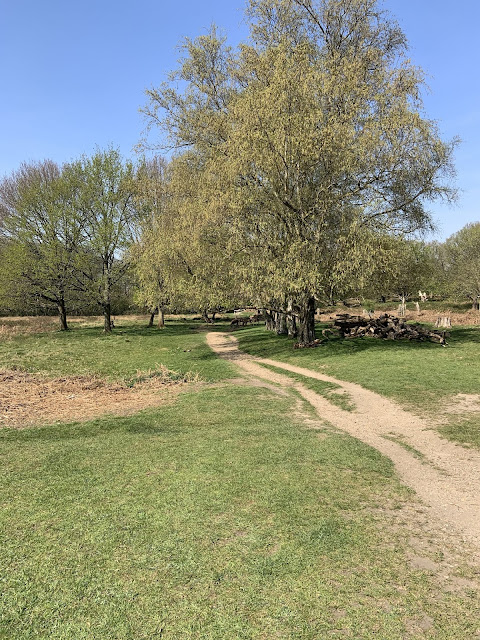I will have to make a few adjustments in order to play the game with my current Pike and Shot armies. First up basing. I’m NOT going to rebase my toys unless IDV with 10mm figures becomes THE standard for ECW wargames. My foot are based on 40mm wide bases, with 3 to the battalia (Brigade in IDV). Horse are based on 30mm wide bases. To keep foot and horse units the same frontages, I could have 4 horse bases so both horse and foot are 120mm wide. Or I could go for foot units of 2 bases which makes them 80mm wide (as near as dammit to 75mm) but they would look ‘wrong’. Instead of it being Musket-Pike-Musket it would be Musket-Pike. I’d then have to decide whether to have horse units 2 or 3 bases wide (60mm or 90mm) - to my mind this would be too far from 75mm to sit comfortably with my pedantic* approach to scales.
I could just increase the ground scale so I have nice consistent sized unit frontages and adjust movement rates and shooting range accordingly. Then I hit the problem of movement distance. If horse move 18 inches in IDV this equates to 720 yards. 720 yards in my groundscale/basing convention is 72cm, i.e. 80% of the depth of my table.
I could just keep the ground scale the same and say that all my Brigades are just large**, and instead of being 120 yards they would take up (quick bit of maths)...192 yards. That 18 inch horse move is still long but it's 450mm or half my table depth but not catastrophically so. The number of dice rolls needed to inflict a hit is all relative anyway so the size that the unit represents doesn't really matter.
Instead of using coloured counters to indicate a unit's degradation (I prefer not to have things that aren't models on the table - quiet at the back!) I have two options.
I want to come up with something a bit different from printed tokens for the Wing orders too. In my own rules I use the position of the command stand to indicate what the unit is doing: in front = moving; behind = holding. However this doesn't indicate what the overall order is for the Wing. And neither does it allow orders to be 'revealed' when that Wing's card is drawn from the deck. Once revealed the Wing order could be indicated by the orientation of the Wing commander:
Maybe. For the 'hide and reveal' aspect one thought occurred to me. I have various pieces of 'clutter' like barrels and piles of roundshot. I could paste the order underneath the base then turn it over when required. Again, maayybe. More thought needed.
I could just keep the ground scale the same and say that all my Brigades are just large**, and instead of being 120 yards they would take up (quick bit of maths)...192 yards. That 18 inch horse move is still long but it's 450mm or half my table depth but not catastrophically so. The number of dice rolls needed to inflict a hit is all relative anyway so the size that the unit represents doesn't really matter.
Instead of using coloured counters to indicate a unit's degradation (I prefer not to have things that aren't models on the table - quiet at the back!) I have two options.
- Use casualty markers: 0 = Sound; 1 = Disordered; 2 = Disrupted; Routing is the unit going the wrong way.
- Use the facing of the unit command stand: forwards = Sound; facing the side = Disordered; facing backwards = Disrupted; Routed as above.
I want to come up with something a bit different from printed tokens for the Wing orders too. In my own rules I use the position of the command stand to indicate what the unit is doing: in front = moving; behind = holding. However this doesn't indicate what the overall order is for the Wing. And neither does it allow orders to be 'revealed' when that Wing's card is drawn from the deck. Once revealed the Wing order could be indicated by the orientation of the Wing commander:
- facing the opponent = Advance;
- facing to the side = Hold;
- facing towards its own base edge = Withdraw.
Maybe. For the 'hide and reveal' aspect one thought occurred to me. I have various pieces of 'clutter' like barrels and piles of roundshot. I could paste the order underneath the base then turn it over when required. Again, maayybe. More thought needed.
* I know it shouldn’t bother me, but it does. I like to keep ratios between shooting ranges, movement distances and unit frontages consistent.
** Horse units would then be 640-960 men strong, and foot would be 1440-1920 strong which for the foot at least is close to multi-regiment brigade sizes in some battles of the first Civil War.
















